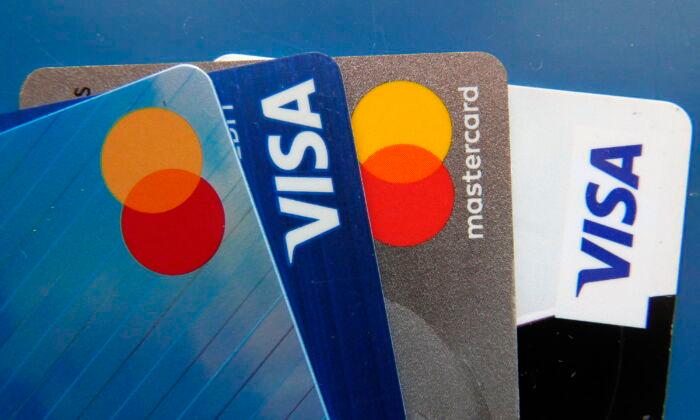American consumers are expected to fall behind on their personal loan and credit card payments next year at the highest rate in over 10 years, consumer credit reporting agency TransUnion has warned.
Credit card delinquency rates have generally remained near pre-pandemic levels, according to TransUnion, but this is expected to see a pronounced change in 2023.
Meanwhile, unsecured personal loan delinquency rates, or consumers 60 days or more past due on their accounts, are expected to increase from 4.1 percent to 4.3 percent by the end of next year. The good news is that TransUnion expects serious auto loan delinquency rates to modestly decline to 1.9 percent in 2023, down from 1.95 percent in 2022.
“Rapidly increasing interest rates and stubbornly high inflation combined with recession fears represent the latest in a series of significant challenges consumers have faced in recent years,” said Michele Raneri, vice president and head of U.S. research and consulting at TransUnion. “It’s not surprising then to see pronounced increases in delinquency rates for credit card and personal loans, two of the more popular credit products.”

Demand for Lending to Remain High
Despite the expected rise in delinquency rates, demand for lending products will likely stay high, according to the consumer credit reporting agency.Americans took out a record 87.5 million in new credit cards and 22.1 million in personal loans in 2022, according to the report. While credit card originations are expected to drop down to 80.9 million in 2023, the number of new cards opened will remain much higher than at any time in the last decade.
“The higher delinquency rates will be due to some tightening of the employment market, but I also believe there was a lot of money put into the system and into consumers’ hands during the pandemic, and as that runs out and is depleted—and then with inflation where everything is costing more—it all starts to show up in delinquencies,” Raneri said.
“You get used to having that extra money, and when it’s not there, it’s hard to get used to,” she added.

Fed Raises Rates Again
The report results from TransUnion come on the same day that the Federal Reserve voted to raise the benchmark federal funds rate by 50 basis points to a target range of 4.25–4.5 percent—the highest level since late 2007—and signaled more rises are to come.Speaking at a post-meeting press conference, Fed Chair Jerome Powell said the central bank still has a long way to go in its fight against inflation and its goal of reaching 2 percent.
Many economists expect the central bank to raise rates above 5 percent next year. That could make it even more difficult for already struggling Americans to pay off credit card debt.
That report found that credit card balances reached a record high of $866 billion in the third quarter of 2022, up 19 percent from last year, with the average credit card debt per borrower reaching $5,474, up from $4,857 in the third quarter of 2021.
Additionally, the report found that the latest increase in credit card balances was being driven heavily by growth among Gen Z and Millennial borrowers, among whom balances grew by 72 percent and 32 percent, respectively.





